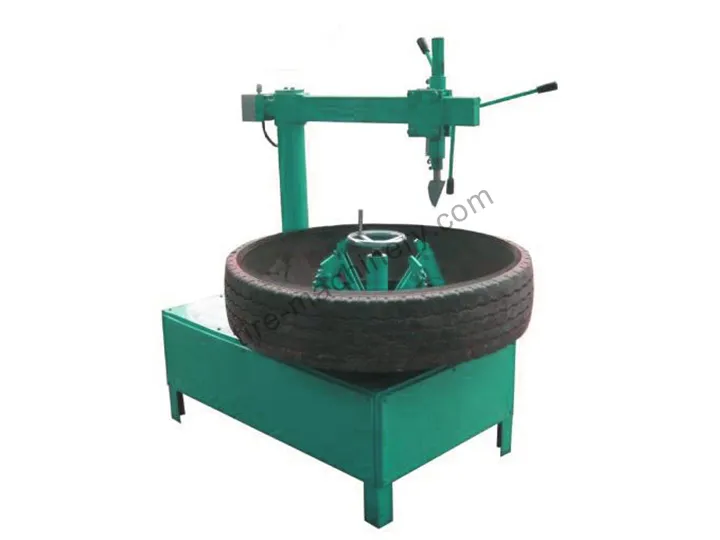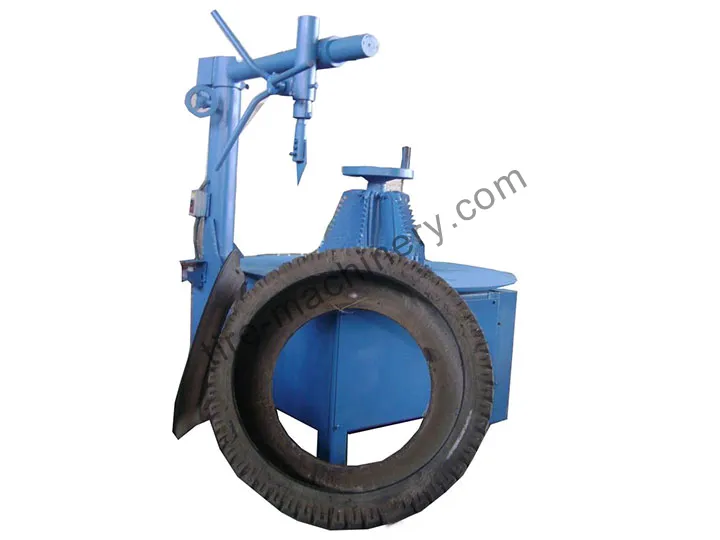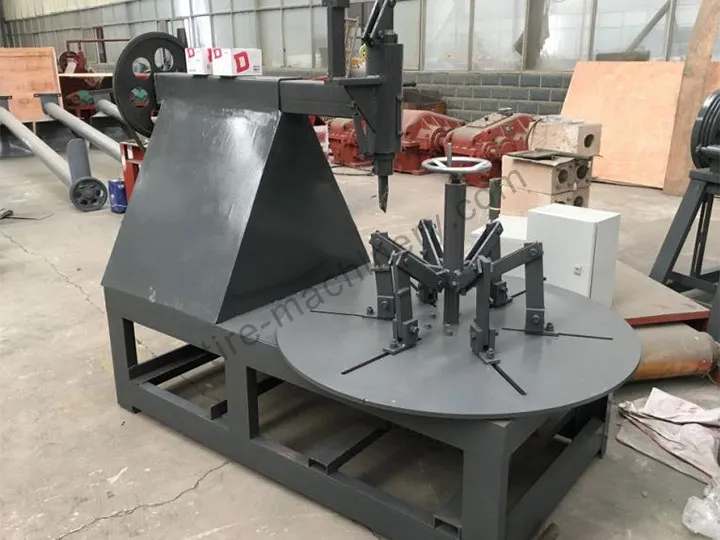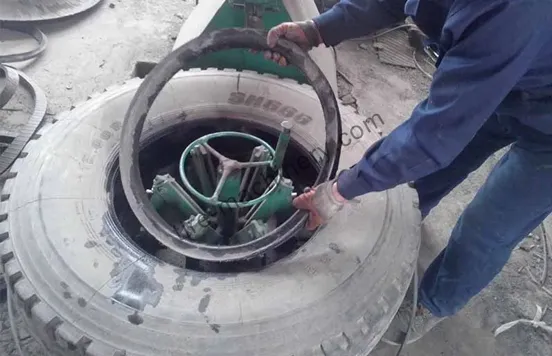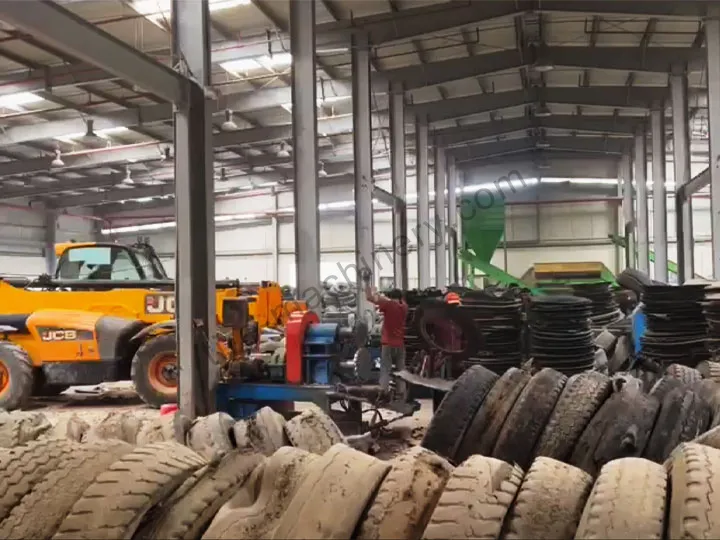A Buyer’s Guide to the Tire Ring Cutter: The 7 Technical Specs You Must Check
This article is an essential buyer’s guide for anyone considering purchasing a tire ring cutter. It moves beyond basic features to provide an in-depth analysis of the 7 most critical technical parameters that determine a machine’s performance, durability, and ROI. Readers will learn how to evaluate processing range, capacity, blade material, clamping systems, and more.
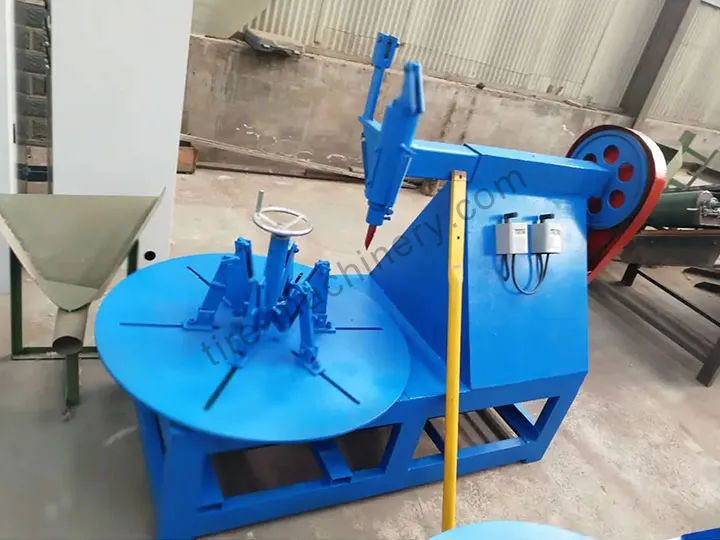
Purchasing a tire ring cutter is a significant capital investment that directly impacts the efficiency and profitability of your entire recycling operation. While many machines may look similar on the surface, their performance, durability, and long-term value are determined by a handful of critical technical specifications. Making the right choice requires moving beyond the sales brochure and knowing what to look for in a tire cutter.
This comprehensive tire ring cutter buying guide will walk you through the seven most important parameters to evaluate, empowering you to select a machine that is not just a cost, but a long-term asset.
1. Processing Range (Diameter & Width)
The first question you must ask is: What size tire can a ring cutter handle? The tire cutter processing range is the absolute first specification to check, as it determines whether the machine is even suitable for your feedstock.
- Why It’s Critical: A machine with a limited range (e.g., only up to 900mm) will be useless if your primary supply is truck tires. Conversely, an oversized machine may be inefficient for smaller passenger car tires.
- What to Look For: Look for a versatile range that covers the most common tire sizes in your market. For example, a range of 650mm to 1250mm provides excellent flexibility, covering everything from passenger car tires to standard truck tires. This ensures the machine can adapt to your changing material supply.
2. Real-World Capacity (Tires Per Hour)
Capacity figures can be misleading. It’s essential to understand the tire cutter capacity (tires per hour) under realistic, day-to-day operating conditions, not just a theoretical maximum.
- Why It’s Critical: The capacity of your tire ring cutter sets the pace for your entire production line. If it’s too slow, it becomes a bottleneck, starving downstream equipment like your shredder and the rest of the rubber granule production line.
- What to Look For: A capacity of around 40 pieces per hour is a solid benchmark for a reliable and efficient machine. This figure suggests a well-balanced design that prioritizes consistent throughput. Always ask a potential industrial tire cutter supplier if their stated capacity is for continuous operation.
Tire Sidewall Cutter
3. Blade Material and Durability
How important is the blade material in a tire cutter? It is, without question, the single most critical factor determining your machine’s long-term operational cost and performance. A cheap blade on an expensive machine is a recipe for failure.
- Why It’s Critical: The blade is the primary wear part. Poor quality steel will dull quickly, requiring frequent and costly downtime for sharpening or replacement. The durability of an alloy steel cutting knife directly translates into uptime and profit.
- What to Look For: Insist on knowing the specific grade of the tire cutter blade material. High-quality hardened alloy steels (like HSS or superior grades) are non-negotiable. This is the heart of a long-lasting tire cutter and a key differentiator between a premium and a budget machine.
4. Tire Clamping System
How the machine secures the tire before cutting is crucial for both precision and safety. The tire clamping / locking system is a key indicator of a machine’s engineering quality.
- Why It’s Critical: An insecurely held tire can vibrate or shift during the cut, leading to an imprecise cut, increased blade wear, and potential safety hazards.
- What to Look For: Evaluate the mechanism. Hydraulic vs pneumatic tire cutter systems each have merits, but a robust mechanical or powered locking system is essential. It should be easy for an operator to use and provide powerful, consistent clamping force to handle the torque of the cutting process.
5. Motor Power and Efficiency
The tire cutter motor power is the engine of the machine. It needs to be powerful enough to handle the toughest tires without strain, yet efficient enough to keep operational costs low.
- Why It’s Critical: An underpowered motor will struggle with thick-walled steel-belted truck tires, leading to stalls and overheating. An oversized motor will needlessly increase your energy consumption.
- What to Look For: A dual-motor system, such as a 4 kW main motor plus a 0.75 kW auxiliary motor, often indicates a well-engineered design. This allows for dedicated power for the primary cutting action and auxiliary functions, leading to smoother and more efficient operation.
6. Frame Construction and Machine Weight
Does a heavier machine mean better quality? In the world of heavy industrial machinery, often yes. The tire cutter machine weight and its heavy-duty frame construction are direct indicators of its stability and ability to withstand long-term operational stress.
- Why It’s Critical: The cutting process generates significant vibration and torque. A lightweight or flimsy frame will flex and degrade over time, leading to misalignment and premature failure of critical components.
- What to Look For: A machine weight of around 650 kg for a 1250mm model suggests the use of thick steel plates and a robust, welded frame. This provides the stability needed for precise cutting and ensures the machine will last for years.
7. Safety and Operator-Friendliness
Finally, never overlook the tire cutter safety features. An efficient machine is useless if it is unsafe for your team to operate.
- Why It’s Critical: Exposed moving parts, inadequate guarding, and complex controls can lead to serious accidents and costly liability.
- What to Look For: Check for well-placed emergency stop buttons, protective guards around the cutting blade and drive system, and intuitive controls that reduce the chance of operator error. A reliable tire ring cutter manufacturer will prioritize safety in their design.
By carefully evaluating a tire ring cutter against these seven key parameters, you can make an informed decision that goes beyond the price tag. You will be investing in a reliable, efficient, and profitable machine that forms the solid foundation of your recycling business.

